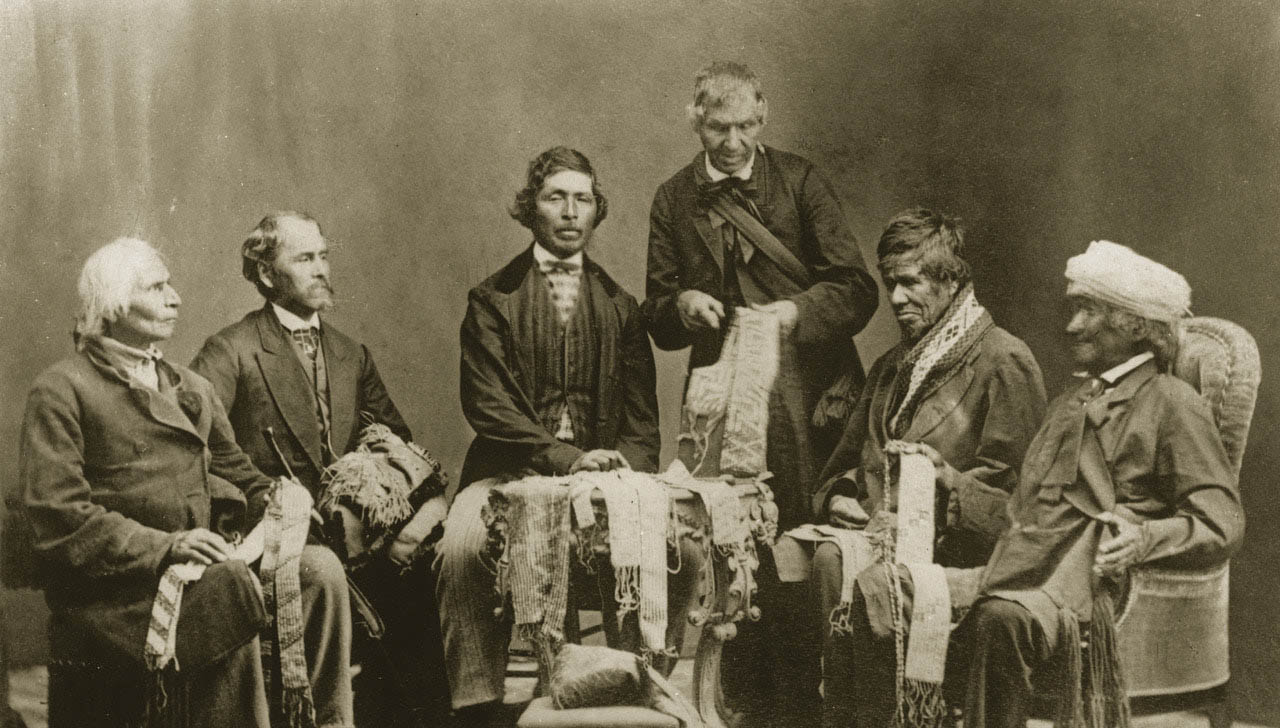
history and background
The Battle of Queenston Heights is generally regarded as the first major battle in the War of 1812. This victory for the British, aided by Six Nations and Indigenous allies, prevented the Americans from establishing an early foothold on the Canadian side of the border. Queenston Heights Park serves to commemorate this historic battlefield, honor the memory of Major-General Sir Isaac Brock, and, through this new public art project, recognize the participation of Six Nations and Native allied involvement.
Two historic and well-known Six Nations figures took part in the battle that unfolded that fateful day on October 13, 1812. John Norton (Teyoninhokarawen) and John Brant (Dekarihokenh) led a force of Six Nations and other Indigenous men into the fight.
American forces had scaled the Heights above the Village of Queenston and held this strong position until General Roger Hale Sheaffe arrived with a collection of British Regulars and their Six Nations allies. As the Indigenous force of approximately 160 men moved towards the Niagara Escarpment, they encountered militiamen who erroneously claimed that 6,000 U.S. soldiers had control of the Heights. Approximately half of the Native force returned to Fort George — to protect their families encamped at the Indian Council House in case the Americans were to launch a second invasion force closer to the mouth of the river.
The rest climbed the escarpment two miles to the west of Queenston and proceeded through dense woods along the edge. They encountered an advanced guard of American Militia Riflemen and pushed them back towards the main line. They continued to harass the Americans at the top of the Heights and were later joined by another 80 Cayuga warriors who had been kept behind at Fort George in reserve. Meanwhile, after witnessing the casualties coming back over the river and hearing the emphatic Haudenosaunee battle-cries from across the river, American militiamen who had yet to cross refused to board the boats.
All this allowed a unit of British regular soldiers and militia to safely ascend the escarpment. This force aligned with reinforcements from Chippewa continued the attack on the main American body, eventually leading to a full unconditional American surrender. Through several historic accounts of the battle, including Norton’s own report, it is estimated that as many as 160 Six Nations warriors and Native allies were engaged in this critical victory.
Although many factors contributed to the outcome, events show that victory was made possible by the ability of Native and non-Native forces to co-operate in action. The involvement of Indigenous forces contributed to the victory, thereby upsetting initial American war plans for a series of invasions into Canada along the Niagara River at Queenston, to the west of Amherstburg, and to the east across the St. Lawrence at Kingston and across Lake Champlain to Montreal.
This project has been supported by these and other generous donors:

